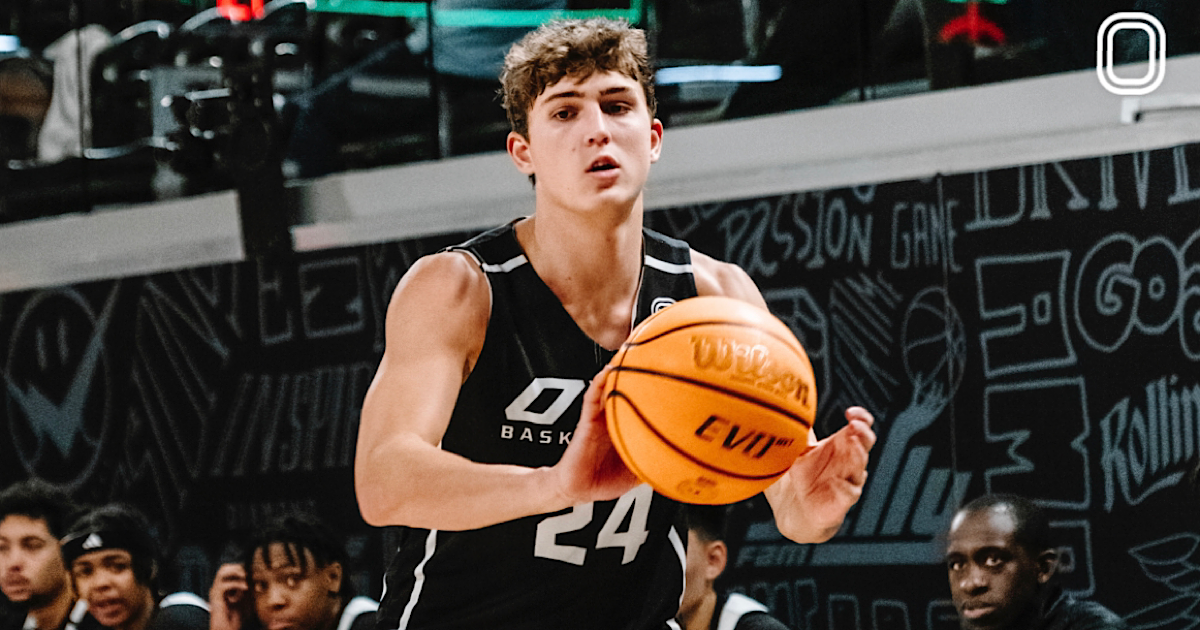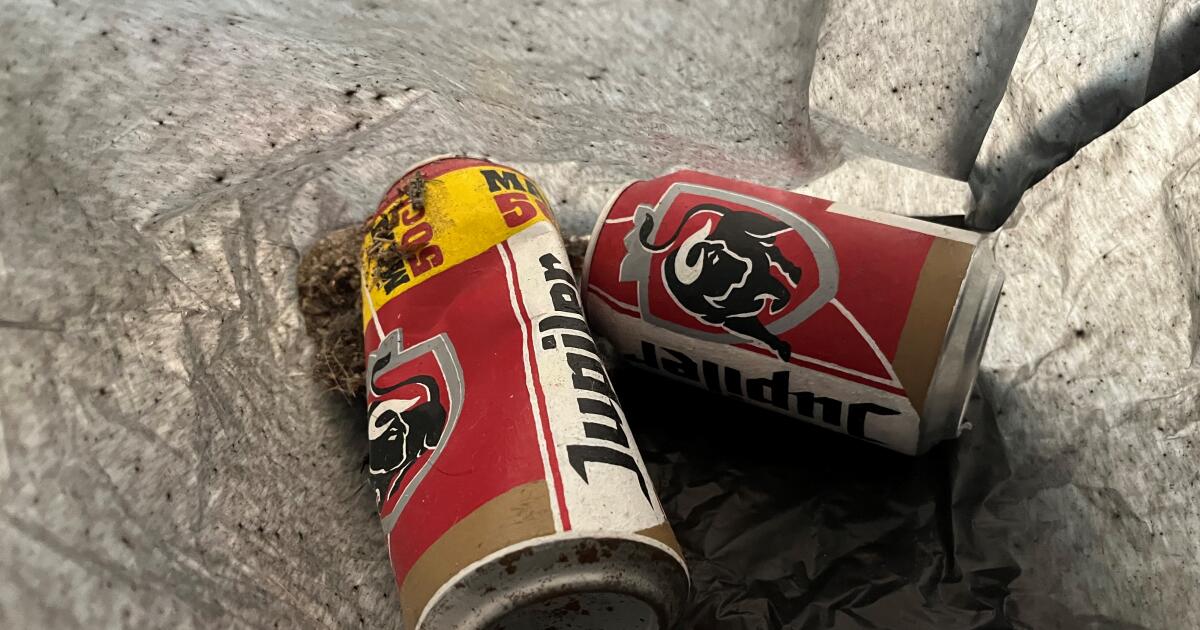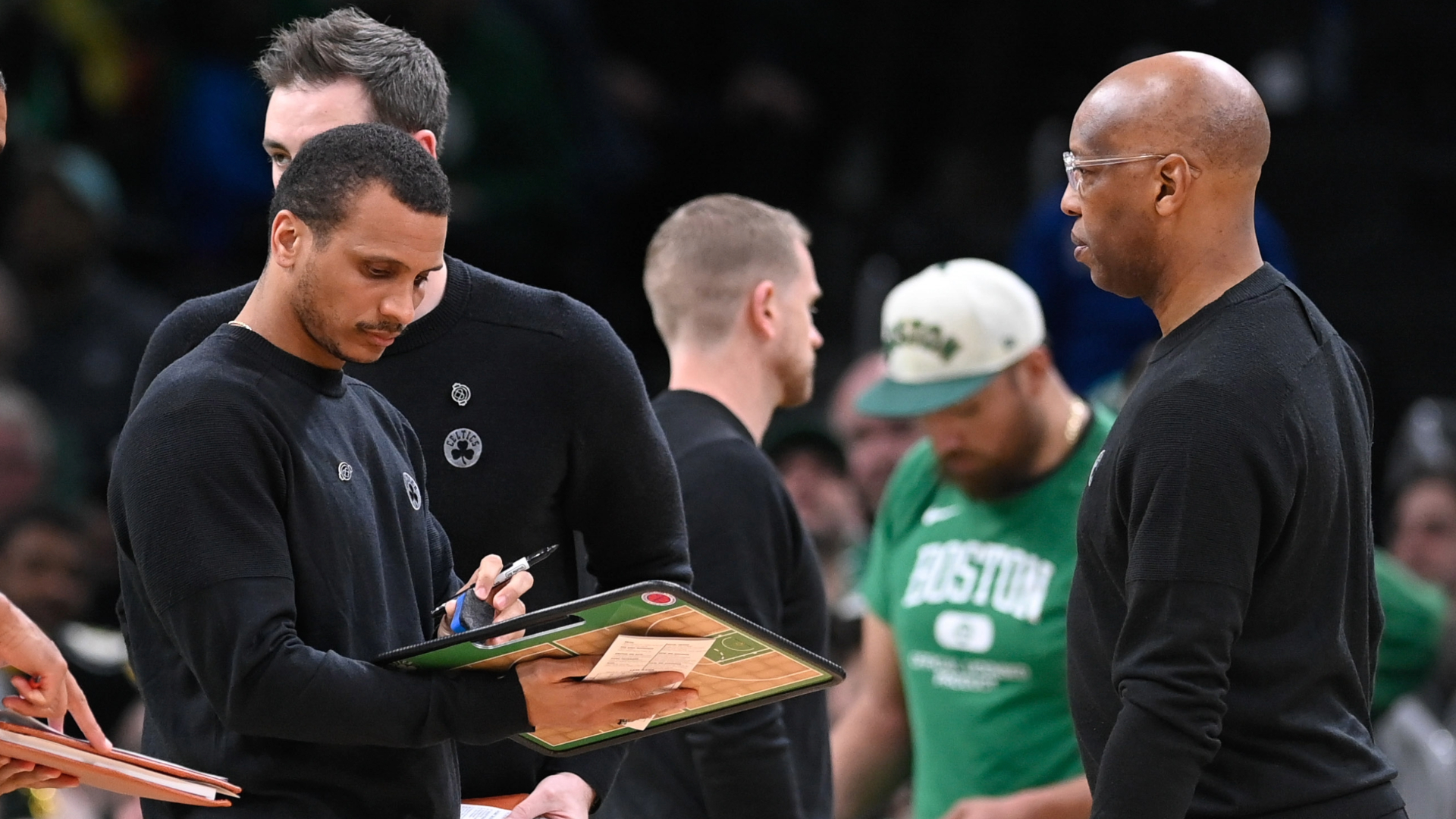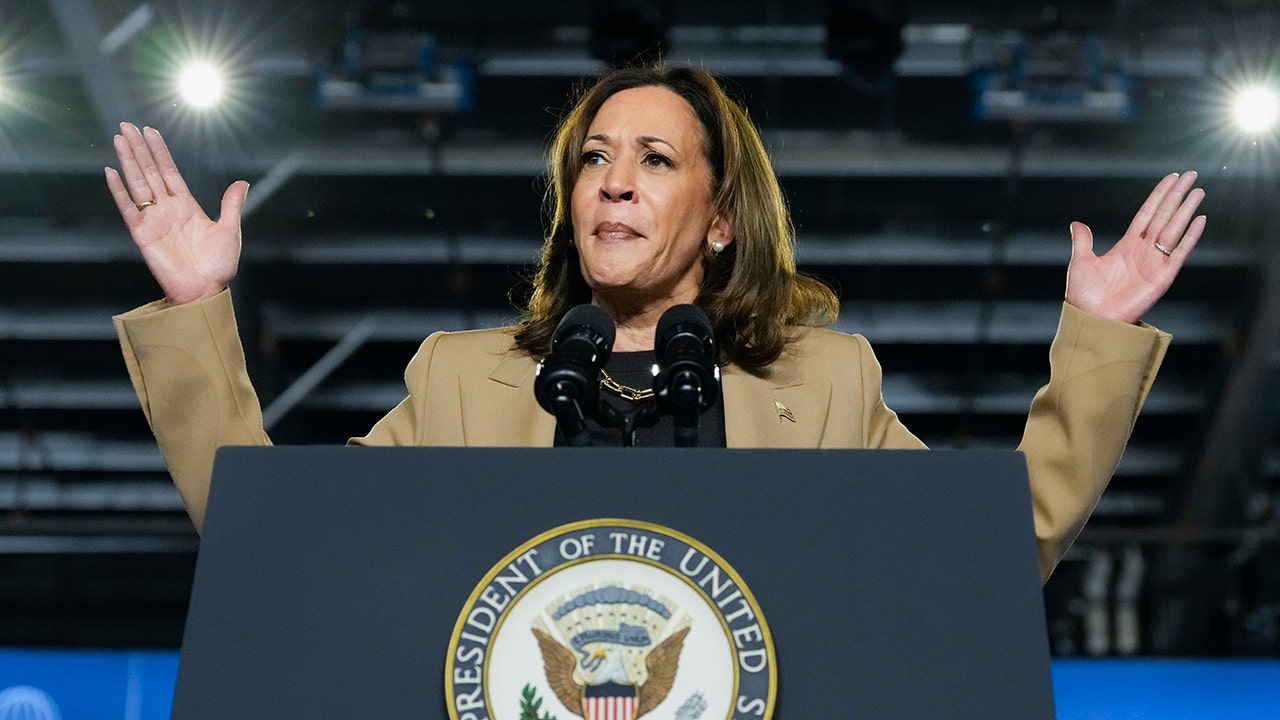The Baltimore Banner thanks its sponsors. Become one.
Maryland
Sen. Kagan visited every 911 center in Maryland. Here’s what she learned.

State Sen. Cheryl Kagan has spent the past decade working to update 911 centers across Maryland. Kagan, who represents the Gaithersburg and Rockville area, said she was driven to improve emergency response after learning that three people in her district died from 911 call response failures.
This week Kagan finished up a years-long tour of every 911 call center in the state. Following her tour, she said the biggest misconception is that no one thinks about 911 until they need it.
“They just assume that they’re going to pick up the phone, dial three digits and a well-trained, friendly person is going to be able to send the help they need,” she said. Most of the time that’s accurate, Kagan said, but not always.
“Sometimes, whether it’s in a crisis, whether it’s because too many people are calling with non-emergencies, or because a county’s 911 center is understaffed, there may be delays,” she said. “And that’s what’s terrifying, because people will die unnecessarily.”
Maryland’s original 911 system was authorized in 1979 by the Emergency Number Systems Board — now the state’s 9-1-1 Board — and was designed for landline phone use. In 2018, Kagan sponsored a legislative commission to advance NextGen 911, an initiative to reform state laws and upgrade to a more modern system.
The Baltimore Banner spoke with Kagan about surprises she uncovered during her tour and her long legislative crusade in reframing Maryland’s emergency response.
The following Q&A has been edited for length and clarity.
The Banner: What was the most unexpected thing you learned during your visits?
Sen. Cheryl Kagan: Right now, estimates have been that 25% to a whopping 50% of calls to 911 are actually not emergencies. Since our 911 centers are often overloaded and understaffed, if we could shift some of the workflows that are not emergencies to a 311 system, everyone who did have a crisis would get quicker attention.
Only Montgomery, Prince George’s, Baltimore City, Baltimore County, Anne Arundel and St Mary’s have 311 — the other 18 jurisdictions do not. So, I have been working on a statewide 311 system to make sure that we can lighten the load on all of our 911 centers.
The Banner: Did you see anything that scared you?
Kagan: There are some counties that have cut corners on public safety. There was one county with 911 specialists working in what looked like a dark small basement closet. It was terribly disrespectful and depressing with no natural light or windows. Now, that center has since been moved and improved.
The contrast is that there was one county that had a large and open space with skylights, with a decent break room and kitchen. I will not name those counties, but the respect and care that we have for the 911 specialists matters, mostly because they have to show up in person.
The Banner: What was the morale amongst specialists like at call centers?
Kagan: They are not dispatchers. They are not just call takers. They are not operators. In law in Maryland, they are called 911 specialists — and that’s really important.
These courageous women and men — and they are disproportionately women — under the headset who save lives every day tend to be invisible. They are underpaid and underappreciated. So, part of my mission has been to make sure that we are taking better care of them.
The Banner: What needs to be done to support 911 specialists?
Kagan: We want to make sure that we’re providing them with benefits that will encourage them to stay on the job. What they do is among the most challenging public service jobs out there.
I think they need more pay, better recognition and flexible hours to improve morale. They work really long hours, and obviously they work nights and weekends and holidays and all the time. Most importantly, I believe they need mental health care to make sure they can take care of themselves after after a crisis, after a trauma. I also believe they deserve workers’ compensation for post-traumatic stress disorder.
They should be considered in the same way as police, fire and paramedics. Even though they’re not on the site dealing with victims, in some ways it can be more stressful because they don’t know what the outcome was.
The Banner: Could NextGen 911 policy have made a difference in your district, potentially improving emergency response in situations where your constituents died?
Kagan: One of the cases where someone died in my district was due to the inability to locate a person who was having a heart attack on the grounds of one of the largest employers in my district. The paramedics were sent out, and they went to every office on every floor looking for him, but didn’t find him after hours in the building. Then 10 hours later, the cleaning person found his dead body in a different building on the grounds.
So, if we had had better accuracy and better technology back at that time, the paramedics might have been able to target the area they were investigating.
The Banner: Seconds save lives. What still needs to change at 911 call centers to improve response time?
Kagan: As you said, seconds can matter. Minutes can matter. There was a bill that I passed this year to provide more frequent training for our 911 specialists in telephone CPR, because it’s one thing for me to show you how to perform CPR in person. I’m guiding you, and you’re sitting right next to me. But it’s really different if you’re on the phone and I’m at home and I’m frantic, my loved one isn’t breathing, and you’re trying to keep me calm and teach me, right? There was a pilot program in Charles County that showed twice as many people survived after more intensive training. So, I passed a new law allowing funding for telephone CPR.
The Banner: What practices need to be adopted across all 911 call centers?
Kagan: I would like to see more interconnectivity. So, rather than getting a busy signal in one county, your call would roll over to a neighboring county that might have a lighter workload. For example, let’s say there’s a huge car crash in Washington County, then maybe Frederick County could pick up for them. So, we could use a little more interconnectivity and mutual support in that capacity.
The Eastern Shore has a consortium, and they do that already. I’d like to see that spread statewide.
The Banner: Was there a difference between rural call centers and ones in the cities?
Kagan: Obviously, a larger population means more 911 specialists. So, more people under the headset, more fires and more health emergencies. In Calvert County, where I just visited, there were eight people under the headset who handle all incoming calls. In some of the larger counties, they separate specialists who handle police emergencies or fire or paramedics to split up workloads.
It really just depends on local flavor. Some of them are unionized. Some aren’t. Their scheduling is different. Some have overnight bunks, in case there’s a snowstorm and they can’t go home. So, they’ve got to have a place to sleep, eat and shower, and then get back on a little bit later because the person who’s supposed to be on the next shift couldn’t make it in.
I mean, these are truly the invisible sheroes and heroes of public safety.

Continue Reading
Maryland
Maryland volleyball trounced by No. 14 Minnesota in straight sets

At risk of dropping the opening set at No. 14 Minnesota, Maryland volleyball desperately needed some production out of its front row. Middle blocker Eva Rohrbach, the team’s leader in total blocks with 61, did exactly that.
Rohrbach leaped up with her teammate and outside hitter Sydney Bryant, combining for a block that cut the Maryland deficit to 22-20. This, however, was a rare occurrence for the Terps in the match, as they were thoroughly out-blocked, 19-2, in a straight-set loss on Saturday night.
“If you don’t take enough pressure, you just end up having a ton of offense back at you,” head coach Adam Hughes said. “It’s hard as you’re trying to find different altitudes and edges of blocks. We’re finding the blocks fine, just not finding the edges that we want.”
After Friday night’s first straight set loss of the season against No. 9 Wisconsin, Maryland faced another tough road test in Minnesota. Less than 24 hours after their previous game, the Terps found themselves outmatched once again.
The Golden Gophers got themselves out to an early 7-3 lead after multiple Maryland errors and two kills from outside hitter Lydia Grote. But the Terps responded with a joint-block from middle blocker Anastasia Russ and outside hitter Sam Csire, cutting the deficit to one.
Kills from pin hitter Samantha Schnitta and Csire gave Maryland a short-lived lead. Schnitta, like she’s done all season long, kept the Terps in the opening set with three more kills. With Minnesota up, 19-18, it recorded three consecutive points, putting Maryland at risk of finding itself quickly out of the set.
A kill and service ace from Schnitta dwindled the Golden Gophers lead to one. Two kills from outside hitter Julia Hanson and Minnesota’s sixth team block of the first set closed it out, though, as the Terps fell, 25-21.
“Schnitta didn’t have as many aces, but she did have a better serving night than she did at Wisconsin,” Hughes said. “She got a bunch of out-of-system balls. That was one of the things that was a little bit frustrating, we were serving pretty well and still getting knocked out.”
Just like in the opening set, Maryland found itself down early in the second set, 9-2. A kill from Schnitta and Russ were sandwiched by four total blocks from the Golden Gophers’ middle blocker Phoebe Awoleye. Grote recorded three kills during this stretch, while Awoleye and outside hitter Alex Acevedo each tallied a kill.
Schnitta tried to spark some momentum for the Terps with a kill, but Minnesota quickly responded with five of the next seven points, including a service ace and kill from Grote. Trailing 14-5, two kills from Csire, one from setter Sydney Dowler and a service ace from Rohrbach cut the deficit back down to six.
However, that was the closest Maryland ever got, as the Golden Gophers shut down any potential run from the Terps. Bryant recorded two late kills in the set, but that wasn’t enough, as Minnesota came out on top, 25-15.
Maryland found itself ahead early in the third set, 5-3, with two kills from Dowler and one apiece from Schnitta and Russ. Two kills from Hanson cut the Terps’ lead to one, but they remained in front for a bit longer. Outside hitter Mckenna Wucherer, in her first match back from injury for the Golden Gophers, knotted the score at eight apiece.
Three kills from Csire gave Maryland the lead back, 13-11, but Minnesota responded with three straight points, including its 15th block of the match. A kill each from Schnitta, Bryant and Csire kept the Terps within one.
“I thought Csire did a really good job,” Hughes said. “She’s actually grown tremendously as someone who can find hands and tool hands.”
But three kills from Grote and another team-block extended the Golden Gophers lead to six. Csire looked to give Maryland some momentum, but back-to-back blocks from Minnesota shut the door. The Terps fell, 25-18, losing in straight sets in consecutive matches.
“[Associate head coach Becca Acevedo] did a good job of mixing and matching,” Hughes said. “Their bench was getting frustrated because they were trying to mix up servers or change serves. … If they can work like that as a unit, a good passing team, that is a huge help for us down the road.”
Three things to know
1. Offensive struggles. Maryland hit just 11.9%, slightly improving on its percentage from Friday’s match. Another concern is Minnesota’s 19 blocks — its season-high. Maryland has also only recorded three blocks over the past two matches.
2. Three consecutive road losses. The Terps have gone just 6-14 on the road, including losses in their last three. In addition, Maryland has yet to win a set at Minnesota since 1992. Despite pulling off the upset at home in 2023, the Golden Gophers continue to have the Terps’ number, with a 19-1 record against them.
3. Tough schedule ahead. Despite having played three of its last four matches against ranked teams, it doesn’t get much easier for Maryland. It returns home to face No. 16 USC before traveling on the road again, including two more ranked matchups.
Maryland
4-star SG Parker Robinson discusses offers from Maryland, Illinois, West Virginia, and Providence

Parker Robinson came in at No. 70 overall in the recent 2026 On3 150 ranking update. The 6-foot-4 shooting guard averaged 16.8 points while scoring 1.014 points per possession for his Team Melo team on Nike’s E16 Circuit. He transferred this offseason to Atlanta (GA) Overtime Elite.
“I’m a high-energy player who shoots the ball at a high level,” Robinson told On3. “Overall, I’m a hard worker and can do a little bit of everything, handle the ball, come off screens, play off ball. Really, just a little bit of everything.”
This summer, Robinson went to Germany with an Adidas Elite group to play in the Adidas Next Generation Tournament. Through the three games, Robinson averaged 20.7 points while shooting 59.1 percent from three.
“Going over for the Adidas Next Generations Tournament, there were other top clubs from across the world like Real Madrid and Barcelona,” Robinson said. “It is a different style of basketball, a lot of off-ball movement and team oriented. A lot of skill and discipline. We finished 2-1. The team we lost to was INSEP Paris who had Nolan Traore, he was nice. Being able to compete against guys I see in mock drafts, it was like an “a-ha” moment for me.”
On3 caught up with four-star Parker Robinson after a recent live viewing to discuss the latest in his recruitment.
Robinson talks recruitment
“RIght now, I have offers from Maryland, Provdience, Illinois, West Virginia, and a few more,” Robinson said. “It started a bit slow for me, and things have just now started to come to light for me and coaches have started to show love.”
MARYLAND: “My mom went to Michigan State and my dad went to Purdue, so we are a Big Ten family. I would always go and watch whenever Michigan State or Purdue would play Maryland. They have great guards every year and they play a lot of defense. My conversations have been good. I grew up in Indiana, but we moved to Maryland, so I’m a local kid and they want me to come in and be the next great local kid to play for them. I talk with a lot of the coaches frequently and I just scheduled an unofficial visit to go over there on October 11. It’ll be good to get on campus and see a football game and the atmosphere.”
ILLINOIS: “They really allow their players to rock out. Like last year, with Terrence Shannon. Seeing players like that, high-energy guys who can fill the basket up, they go in there and they don’t put them in a cage. They allow their guys to play freely and play through mistakes. So a program like that, that let’s me play through my mistakes and grow as a person is definitely essential.”
PROVIDENCE: “I talk a lot with Tim Fuller, an Overtime Elite guy, and then the head coach Kim English. They love the way I play and hav been down to see me play a couple of times. So they have been showing a lot of love early. It’s about continuing to build a relationship. I want to get to campus there soon, obviously they have a great program.”
WEST VIRIGNIA: “I haven’t been in contact with them as much. It is a newer offer, Coach (Chester) Frazier is the one that offered me. We are still getting to know each other and I am excited to watch them play this season.”
In Parker Robinson’s words
“I’ve been hearing a lot from Purdue recently,” Robinson said. “Which is pretty cool for me, like I said my dad went there so he’s been rooting for me heavy to get that offer. Tennessee has been showing a lot of love, same with Clemson, too.
“The biggest thing is the relationship that I have with the coaching staff. I want to play for a coach who believes in me and I want to play for a program that I believe in. I want to go to a school where I think we can make the tournament every year, and win it.
The style of play will be important. I play outside-in a lot, get out in transition, and get easy buckets. I like playing in a system that plays freely and a lot in transition.”
Maryland
Fracking is banned in Maryland, but mineral rights remain to befuddle heirs – Maryland Matters

If you watched the Harris-Trump debate in Philadelphia recently, you probably learned more about fracking and suddenly asked yourself, “Fracking in Maryland?”
The answer could be Yes and No!
Fracking, or hydraulic fracturing, is a method for extracting natural gas or oil from shale and other “tight” rock forms.
YES, between 2006 and 2017, fracking was conducted in two Maryland western counties, Garrett and Allegany, under the Marcellus Shale, the second-largest natural gas reservoir in the world.
NO, on April 4, 2017, Gov. Larry Hogan signed a bill to ban fracking in Maryland, the first state with natural gas reserves where a legislature has voted to bar the practice.
Only five states have banned fracking, including Vermont (2012), New York (2020), Maryland (2017), Washington (2019), and California (effective October 2024). The governor’s executive order issued the New York ban, which means a future governor (possibly a Republican) can reverse it.
This guest commentary is brought up to date from my 2020 commentary, “What do Biden’s Fracking Views Mean for Maryland?”
Since Joe Biden became president in 2021, no fracking has impacted Maryland.
Is this nuclear power’s moment in Maryland?
Now, it is a race between Donald Trump (R) and Kamala Harris (D). The Republican candidate has always supported hydraulic fracturing, while the Democratic candidate has always flipped on the fracking issue.
Last week, Harris told a Pittsburgh television station, “That’s where I stand, period. As president of the United States, I will not ban fracking.”
The reason for that is simple: as of July 2, 2024, records of 220,175 drilled and proposed wells exist in Maryland’s neighboring state of Pennsylvania. The Keystone State’s natural gas sector supports around 123,000 jobs.
The top five fracking counties in Pennsylvania are:
- McKean, with 37,275 wells, where 72.3% of its votes in the 2020 presidential race going to Trump.
- Warren, with 21,433, and 68.9% for Trump.
- Venango, with 19,887, and 70% for Trump.
- Indiana, with 14,565, and 68.2% for Trump.
- Armstrong, with 11,801, and 75.6% for Trump.
Garrett County voted 77% for Trump, while Allegany County voted 68.5% for Trump.
So, the Harris-Walz campaign team is working hard to reduce the Trump percentage in the fracking counties over the USA.
While campaigning for the seat of Maryland’s 6th Congressional District, which includes Garrett and Allegany counties, April McClain-Delaney (D) and Neil Parrott (R) have yet to mention fracking.
If your ancestors lived in Garrett or Allegany counties, you might have mineral rights, although you know nothing. Supposedly, the Maryland Democratic legislators might exempt these counties from the 2017 law banning fracking statewide. In that case, you might receive a call from a company landman who would negotiate directly with you to acquire leases for the exploration and development of minerals. So I recommend reading “He Said I Was a Fracking Heiress. I Went to West Virginia to Find Out.”
In late 2013, I received an email from my Gorrell cousin, who asked me to prepare to receive an email from a landman. At first, I did not understand what my cousin meant. After contacting the landman, I learned that all of my Gorrell first cousins and I are fracking heirs, although our Gorrell parents never told us, as well as we did not know our great-great-grandfather had bought mineral rights to two Appalachian tracts in late 1890.
A decade later, in 2024, the county where my ancestors lived ranks first among 55 West Virginia counties in gas production.
I have predicted that the Maryland legislature will do nothing if Trump gets re-elected. If Harris wins, the legislature will likely not change unless Garrett and Allegany countians need to improve their economics badly due to more extended wells and advancements in fracking techniques. Also, the legislature will entitle Marylanders who are mineral rights owners and landowners to receive royalties, which will increase Maryland’s revenue. Your vote could make a difference in this crucial decision.
As singer Taylor Swift said, “Your research is all yours to do, and the choice is yours to make.” I encourage you to Google or research “fracking in Maryland” to gain a deeper understanding of this important issue.
If the Maryland ban continues after the election, most mineral rights owners might get tired of being harassed by leasing agents for selling the mineral rights to them.
-

 World1 week ago
World1 week agoUkrainian stronghold Vuhledar falls to Russian offensive after two years of bombardment
-

 World1 week ago
World1 week agoWikiLeaks’ Julian Assange says he pleaded ‘guilty to journalism’ in order to be freed
-

 Technology1 week ago
Technology1 week agoBeware of fraudsters posing as government officials trying to steal your cash
-

 Health1 week ago
Health1 week agoHealth, happiness and helping others are vital parts of free and responsible society, Founding Fathers taught
-

 Sports1 week ago
Sports1 week agoFreddie Freeman says his ankle sprain is worst injury he's ever tried to play through
-

 News1 week ago
News1 week agoLebanon says 50 medics killed in past three days as Israel extends its bombardment
-

 Entertainment3 days ago
Entertainment3 days agoHold my beer can: Museum says a worker thought unique art installation was trash
-

 Entertainment4 days ago
Entertainment4 days ago'The Office' star Jenna Fischer reveals private breast cancer battle: 'I am cancer free'














